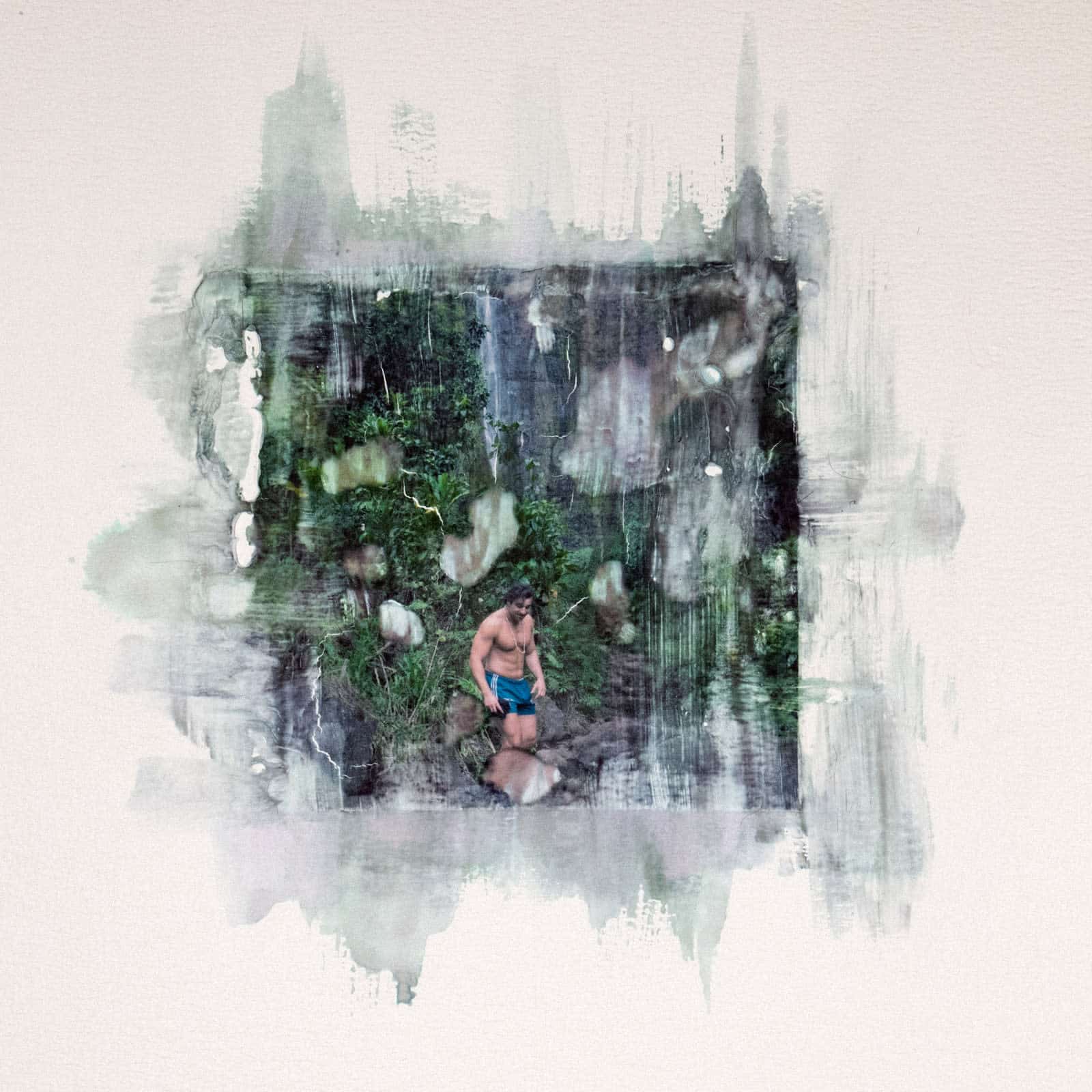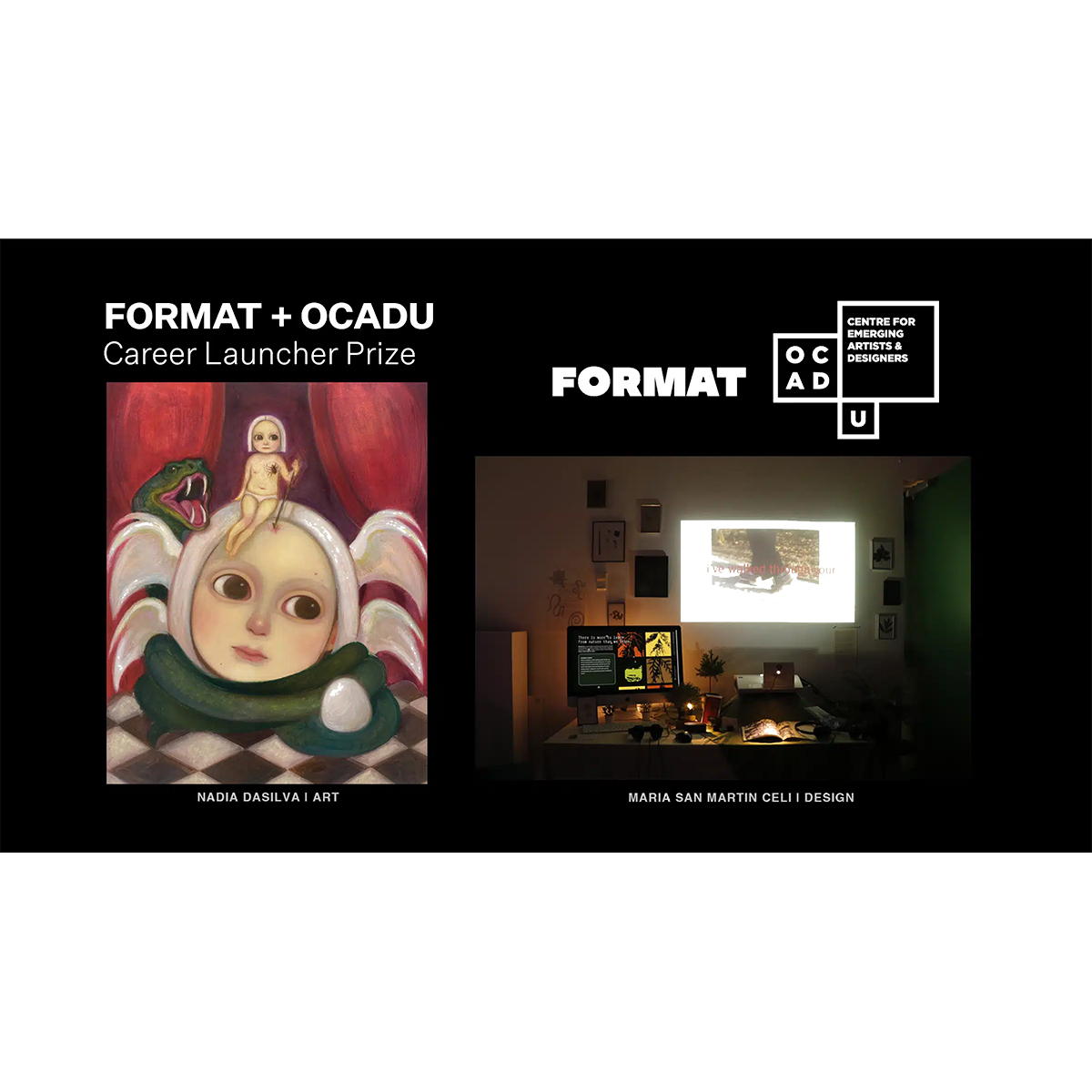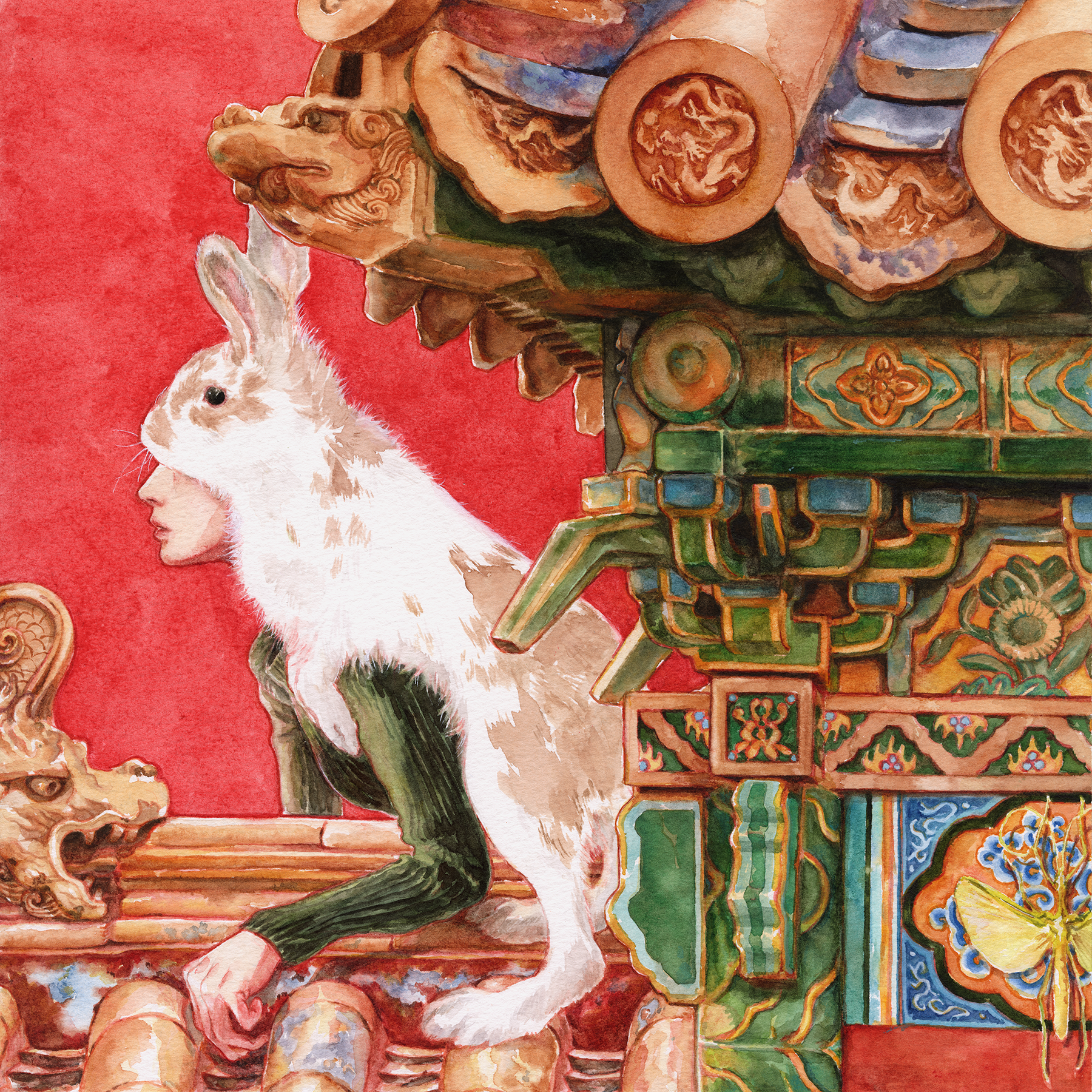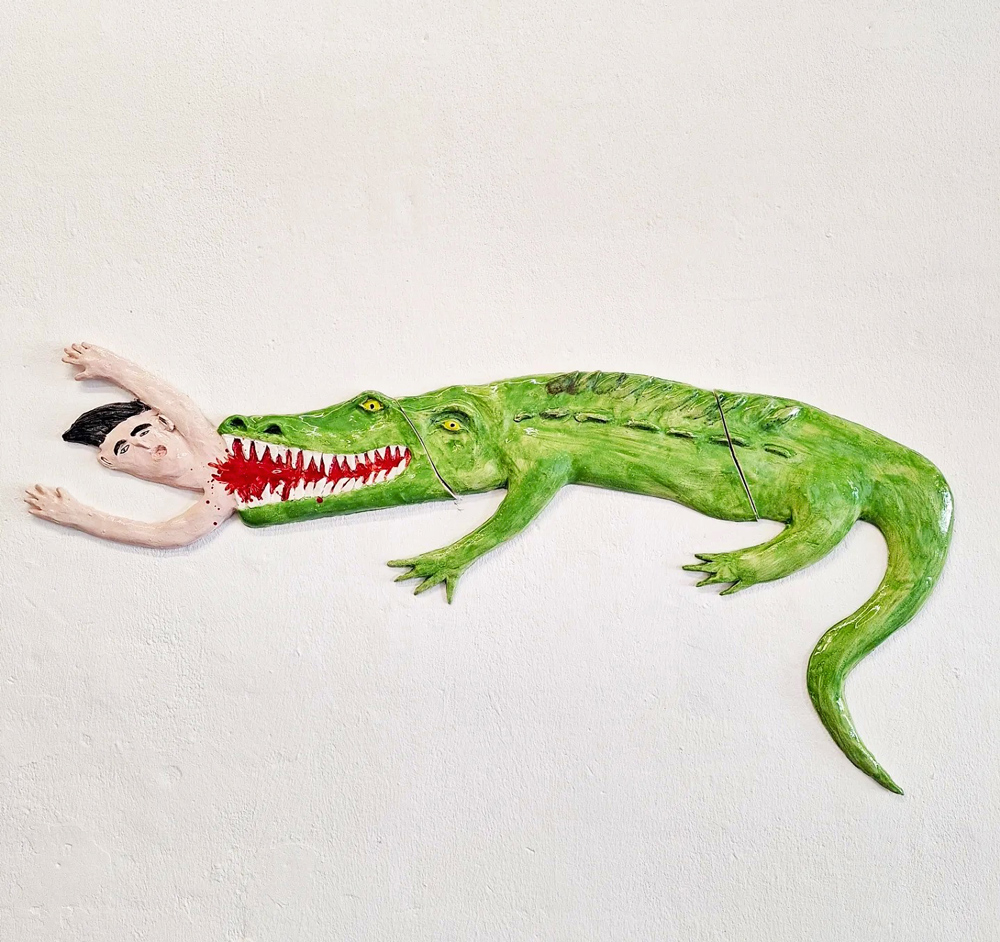Lors d'une récente visite à Hawaï, le photographe Lawrence Sumulong a décidé de chercher "les fissures dans la façade" de l'image parfaite de Maui. Selon le gouvernement du comté de Maui, environ 80% de chaque dollar investi à Maui et dans les îles voisines de Molokai et Lanai est généré par l'industrie du tourisme. Dans sa série Lacuna, Sumulong présente une vision différente de Maui, une perspective qui va au-delà de l'expérience touristique.
Sumulong s'est concentré sur des sites historiques négligés, "à la recherche de scènes et de moments qui représentent les réalités sociales et les tensions qui montrent comment l'île est exploitée". De retour à New York, où il vit et travaille, Sumulong a fait imprimer ses photos sous forme de couches de glaçage comestible destinées à être utilisées sur des gâteaux, et a transféré ces impressions sur du papier aquarelle à l'aide d'un pinceau. Le résultat est une série d'images floues, craquelées et sucrées qui offrent une vue abstraite de l'île.
"En tant que Philippin né et élevé sur le continent, j'ai imaginé Hawaï comme un terrain d'expérimentation de la manière dont les différences raciales sont évaluées, préservées, fétichisées, consommées et transformées en marchandises dans ce pays", explique M. Sumulong. "Pendant mon séjour sur l'île, j'étais constamment tiraillé entre le sentiment qu'il était normal d'être un touriste en vacances et celui d'examiner activement l'histoire de l'État et de l'île", ajoute-t-il. En se documentant sur Maui, il a appris que l'industrie sucrière de l'île avait toujours exploité la main-d'œuvre d'immigrants philippins sans éducation. "Cela a coïncidé avec le fait que j'étais souvent la seule minorité pendant mon séjour, et que les seules minorités que je voyais étaient des travailleurs philippins qui nettoyaient la multipropriété où je passais mes vacances, ou qui travaillaient sur les pelouses d'autres propriétés.
"La couche finale était le fait que Maui est une destination de lune de miel très prisée, ce qui m'a fait penser à des couchers de soleil sursaturés et à des gâteaux de mariage. C'est à partir de là qu'il est apparu logique d'imprimer sur quelque chose de comestible et à partir de sucre, puisque cette expérience portait en grande partie sur notre façon de consommer et de faire un geste envers la ressource - le sucre - que mon peuple a contribué à cultiver."
Vous trouverez d'autres photographies de Lawrence Sumulong sur son site web site web, construit Utiliser le format.

Une seule porte verrouillée entoure un champ ouvert sur la péninsule de Ke'anae, qui a été créée par des coulées de lave provenant du cratère du Haleakala. L'église en pierre à l'arrière-plan a été construite en 1856 et est le seul bâtiment qui subsiste après le tsunami dévastateur de 1946 qui a tué 24 personnes. Aujourd'hui, la région est une halte populaire où les touristes peuvent acheter du pain de banane sur la célèbre "route de Hana".

Un touriste observe un travailleur philippin du secteur de la multipropriété qui transporte une unité de refroidissement de taille industrielle à Kihei, Maui.

Au milieu des terrains de camping populaires du Waiʻanapanapa State Park se trouve un ancien cimetière privé, le Honokalani 'Ohana Cemetery.

Une voiture blanche envahie par le feuillage à Kihei, Maui.

Un jeune Hawaïen caché à l'arrière-plan du parc d'État de Waiʻanapanapa arrange des roches de lave et des coraux dans l'ancien cimetière privé Honokalani 'Ohana Cemetery.

Trois tiges d'aloès prélevées sur une plate-bande à Kihei, Maui, et emballées dans un numéro du journal local, Heure de Maui, dont le titre cette semaine-là était "Le problème du tourisme culturel et la raison pour laquelle l'utilisation abusive de la culture hawaïenne est une erreur"

Un touriste blanc pose pour une photo de son profil de rencontre avec les chutes de Waimoku en arrière-plan. Un panneau expliquant l'origine de la chute d'eau indique Il wai makamaka 'ole ou "L'eau qui ne connaît pas d'ami".

Un travailleur journalier hawaïen travaille à l'intérieur d'un trou à Kihei, Maui.

Un bateau blanc envahi par le feuillage à Kihei, Maui.

Un panneau trouvé dans la baie de La Pérouse. La région contient de nombreux sites archéologiques, notamment des sanctuaires de pêche, des marais salants, et des heiauIl s'agit du site le plus récent de l'activité volcanique de Maui. C'est le site de l'activité volcanique la plus récente de Maui. Le nom hawaïen de la baie est Keoneʻoʻio. Il a ensuite été nommé en l'honneur du capitaine Jean-François de Galaup, comte de La Pérouse, explorateur français.

Au sommet de l'imposant volcan bouclier, Haleakalā ou "Maison du Soleil" le soir.
Plus de séries de photos :
Photographier le tourisme nucléaire sur les sites de missiles américains
Les jeunes Britanniques brûlés dans "Good Times for Free" (Les bons moments sont gratuits)
Photographier les visages, la religion et la mémoire à San Salvador de Jujuy












